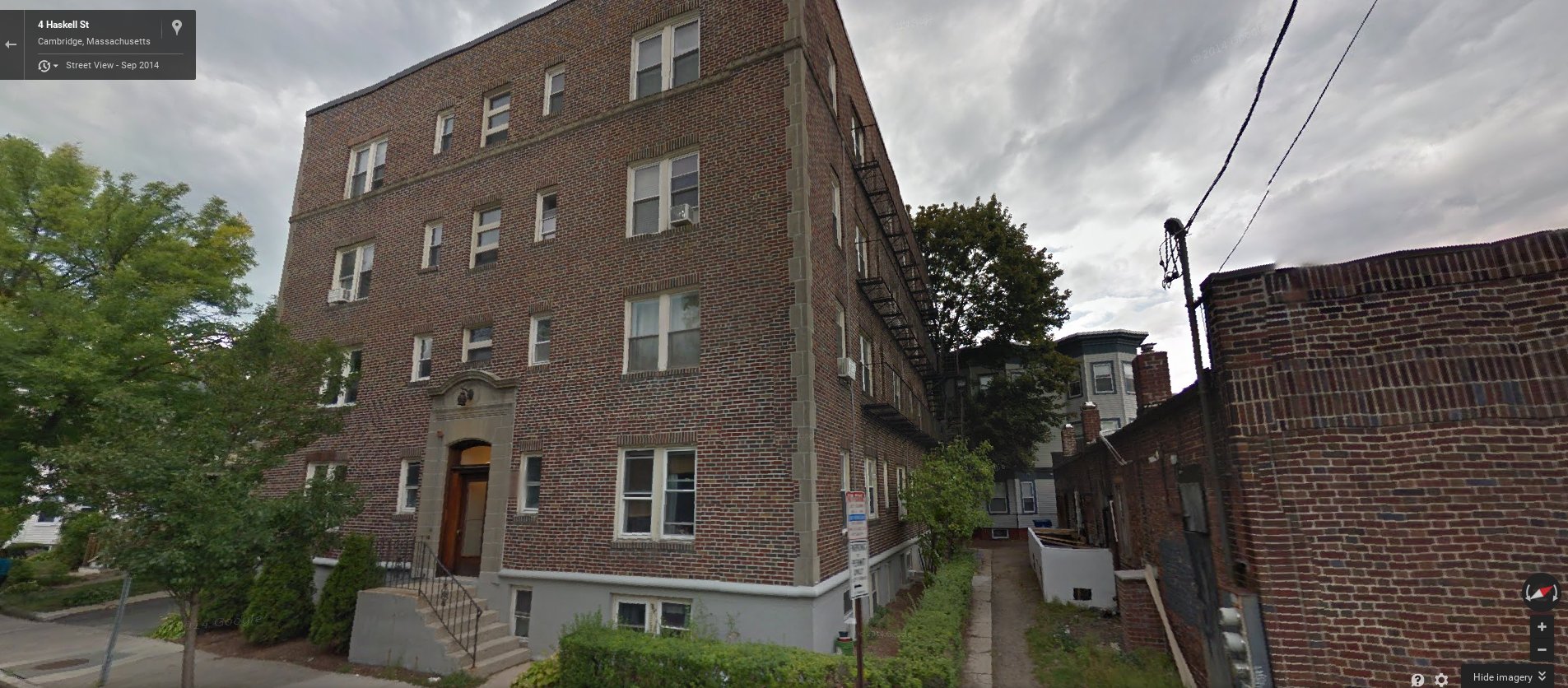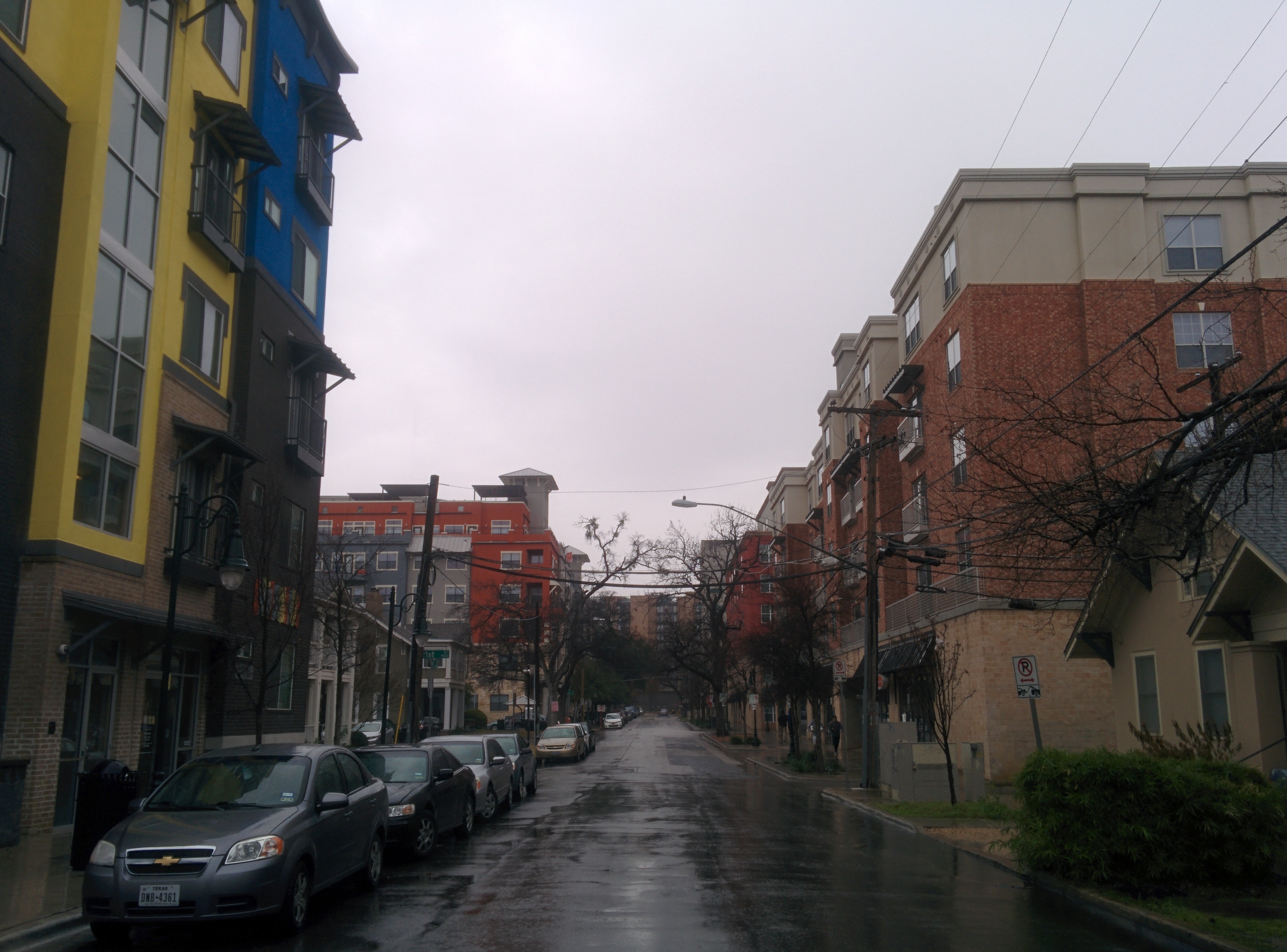The Burnet Road rezoning case I’ve been following (1, 2) is over. City Council voted not only to approve the apartments, but passed Greg Casar’s proposal to increase the number of allowed apartments from 225 to 300. The developer correspondingly upped his pledge to 45 rent-reduced units and committed to a certain number of those having 1, 2, and 3 bedrooms.
This is great, because 300 households will soon have the option of living in nice, new homes right along one of the city’s prime bus lines (the 3/803). But 300 might not be enough to handle the people moving here in a week, let alone a month or a year or burning off the backlog of people who already live in Austin, but want to live more central. In his state of the city, Mayor Adler set a target of 100,000 new units over 10 years. I don’t know if that’s enough! In the end, we as a city should set our goals based on vacancy rates, rents, and home prices, not arbitrary round-number targets. But we already know that we have to build a lot of new homes in central Austin. I’ll use the notional “100,000” though to mean “enough units to reach price stability.”
So, how do we get to 100,000? No one idea is going to be enough. Brennan Griffin has kicked off the discussion with a list of things already getting built in Austin’s core: downtown, Mueller, VMU, ADUs. I’d throw in UNO as well. But today, I’ll focus on one option to get us further: making transit-oriented development normal.
Transit Oriented Development
Transit-oriented development is just a name for homes and offices and other places designed for people to get to without cars. Of course, it should be near good transit (whether buses or trains or streetcars or whatever). It should also have fewer amenities oriented around cars, like parking spots, and instead have amenities oriented around walking, like a front door you can take onto the sidewalk without traipsing through parked cars.
Austin has three plans for TOD, centered around the Crestview, MLK, and Plaza Saltillo MetroRail stations. These TOD districts are a kind of small-batch, artisanal zoning district, crafted painstakingly over the course of years, for small groups of customers to truly love. As it says on Page 97 of the Plaza Saltillo Station Area Plan:
Planning for the TOD Districts has been a lengthy and complex process. It has involved numerous stakeholder groups, including the City, private developers, and affordable housing advocates. DMA’s recommendations are the result of careful consideration of all interested parties with an eye toward the creation of a vibrant, diverse, and affordable community.

However well you think these plans have accomplished their goals within their borders, they just don’t add up to much. Austin as a whole is getting less affordable, less diverse, and in many ways less vibrant. Most of Austin’s growth is in traffic-oriented subdivisions along the edge. We are a city with more than 800,000 residents, gaining more new residents than almost any city in the United States, convening stakeholder processes with dozens of people planning a couple hundred homes for years. It just doesn’t scale up.

Meanwhile, in many areas that are pretty good for living without a car (far better than MLK station), we have to fight tooth and nail for every new transit-friendly home! Build a side house in West Campus? Not without car parking, you don’t! We need to pull some of the simplest elements for TOD out of the realm of the exotic, craft-zoned district and into the realm of the ordinary. People who want transit-oriented development shouldn’t be limited to tiny patches of the city, each with their own special rules. Ordinary home-builders should be able to follow standard, city-wide design documents and end up with transit-friendly homes in transit-friendly places all over.
I have no issue if the city wants to keep experimenting with extensive transit-oriented regulations in small places, but in order to see real, sizable effects, we need to update the code in general to be more transit-friendly. I’m not going to get deep into the weeds, but the basic ideas aren’t complicated and could be implemented immediately: anywhere within a 10-minute walk of a good transit line is “transit-friendly.” In a transit-friendly area, you should be allowed to build transit-friendly homes without expensive car amenities. You should tweak our density-limiting code in these areas so that you can build more homes close to the transit stops–distance matters a lot when you’re walking to your bus stop. Perhaps also make these areas more mixed-use, whether in the same building (vertical) or on the same street (horizontal), to provide more destinations for people to walk to. We must not worry so much about making each new transit-oriented area have the perfect feature set if it means years of delays on the most important feature: existence.
Because these transit-friendly buildings will be built spread out around the city, wherever there’s decent transit, rather than clustered in a single area, they may go pretty much unremarked. They won’t fix all the problems of a city code built up for decades around the paradigm of a-chicken-in-every-pot, a-car-in-every-garage. But to build a more affordable city with more transit-friendly options we need to make “affordable” and “transit-friendly” simple, ordinary, and widespread, and iterate from there.













